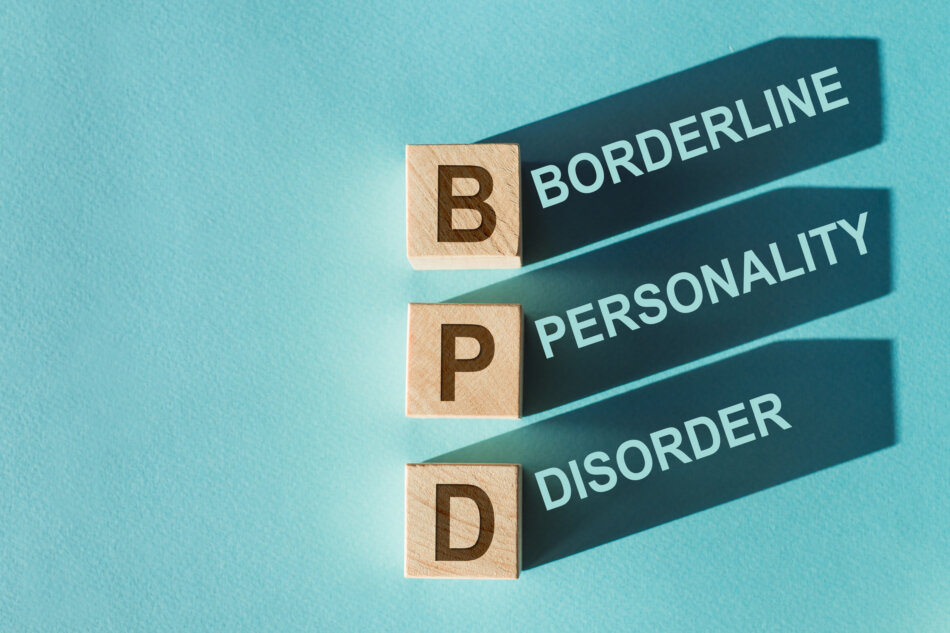Teen psychiatry and medication management play a crucial role in stabilizing your teen’s mood, improving focus, and reducing the risk of crises. As a parent, you want clear guidance on how psychiatric evaluation, ongoing medication oversight, and therapy integration work together to support lasting mental health. In this article, you’ll learn why a comprehensive approach matters, how to navigate insurance and access barriers, and what to look for in programs that accept coverage.
Understanding teen psychiatry
Adolescence is a period of rapid emotional, cognitive, and social change. Globally, about 14.3% of adolescents aged 10–19 experience mental health conditions yet many remain undiagnosed and untreated [1]. Teen psychiatry focuses on diagnosing thought, mood, and behavior disorders while integrating information from family, schools, and medical history to inform treatment.
Prevalence of disorders
- Anxiety affects 4.1% of 10–14-year-olds and 5.3% of 15–19-year-olds globally
- Depression impacts 1.3% of younger teens and 3.4% of older adolescents
- Up to 20% of U.S. youth have a mental health disorder each year, with 40% meeting criteria by age 18 [2]
These figures underscore the need for timely teen psychiatry and medication management.
Role of psychiatric evaluation
A thorough psychiatric evaluation lays the foundation for effective care. During this process, a child and adolescent psychiatrist will:
Clinical interview
Discuss your teen’s symptoms, daily routines, school performance, sleep patterns, and any risk factors such as self-harm or substance use.
Collateral history
Gather input from parents, teachers, and caregivers to build a complete picture of your teen’s behavior across settings.
Standardized tools
Use screening questionnaires or rating scales to quantify symptom severity and monitor progress.
When you choose a psychiatric evaluation for teens, you ensure that diagnosis and treatment planning reflect your teen’s unique needs.
Importance of medication management
Medication management is not just about prescribing pills. It’s an ongoing collaboration between you, your teen, the psychiatrist, and often the therapist. Effective oversight ensures that medications help rather than hinder recovery.
Safety monitoring
Psychotropic medications can carry side effects ranging from mild to serious. Regular check-ins with a prescriber help you:
- Track benefits versus adverse effects
- Adjust dosages based on weight, metabolism, and response
- Watch for emerging risks, including suicidal thoughts when using SSRIs [3]
Individualized dosing
Children and adolescents may metabolize medications differently than adults. Your psychiatrist will tailor doses of:
- Stimulants (for ADHD) such as methylphenidate or amphetamines
- SSRIs like fluoxetine and sertraline for depression and anxiety
- Mood stabilizers and antipsychotics when indicated
This personalized approach reduces trial-and-error periods and speeds symptom relief.
Adherence support
Starting medication is one step. Keeping up with refills and daily dosing can be challenging, especially for teens balancing school and social life. A structured teen medication review and stabilization program provides:
- Weekly or biweekly visits for dose checks
- Coordination with school nurses or counselors
- Education for you and your teen about why consistency matters
Proper medication management creates a stable platform for therapy to work effectively.
Integrating therapy and medication
Medication alone rarely offers a complete solution. Combining pharmacotherapy with psychotherapy enhances outcomes, improves coping skills, and addresses underlying issues.
Combining CBT and SSRIs
For mild to moderate anxiety and depression, guidelines recommend starting with cognitive behavioral therapy before introducing medication [3]. When symptoms persist, adding an SSRI can amplify gains by:
- Alleviating physical symptoms of anxiety
- Allowing your teen to engage more fully in therapy
This dual approach fosters resilience and equips your teen with long-term strategies.
Collaborative care teams
Optimal care involves clear communication among:
- Psychiatrists handling diagnosis and medication
- Therapists delivering talk therapies such as CBT or family therapy
- Primary care providers monitoring overall health
By choosing psychiatry and therapy integration for teens or therapy and psychiatry collaboration for teens, you ensure everyone works from the same treatment plan. This reduces duplicated assessments and conflicting advice.
Therapist and prescriber coordination
- Share progress notes and lab results
- Hold periodic case conferences
- Set joint goals for symptom reduction and skill building
Evidence from research
The Multimodal Treatment Study of Children with ADHD (MTA) showed that combined medication and behavior therapy outperformed behavior therapy alone over 14 months, though differences leveled off by month 36 [2]. This highlights the value of long-term planning, not one-time interventions.
Navigating access and insurance
Cost and coverage often influence your choices. Fortunately, many programs accept insurance for both evaluation and ongoing care.
Insurance-friendly programs
Look for providers that accept your plan for:
- Initial assessments
- Medication visits
- Therapy sessions
Facilities promoting psychiatric care that accepts insurance and psychiatric-medication-management-that-accepts-insurance help minimize out-of-pocket expenses.
Telepsychiatry options
Telehealth can reduce travel time and wait lists. Many psychiatrists now offer virtual visits for medication adjustments and check-ins. Before you schedule, verify:
- State licensing and insurance reimbursement
- Privacy protocols
- Technology requirements
Telepsychiatry may also connect you to specialists if local child psychiatrists are scarce.
Choosing the right program
With many options, how can you pick the best fit? Focus on programs designed for teens with treatment-resistant or complex conditions.
Key features checklist
Ensure your chosen program offers:
- Multidisciplinary teams including psychiatrists, therapists, and nurse practitioners
- Evidence-based therapies such as CBT, family therapy, and DBT
- Structured medication oversight with regular lab work and side effect screening
- Crisis support 24/7 to reduce hospitalizations
- Collaboration with schools for academic accommodations
Questions for providers
When you interview a potential program, ask:
- How do you coordinate care between psychiatry and therapy?
- What is your protocol for monitoring medication safety and side effects?
- Can we involve family members in treatment planning?
- How often will my teen see the prescriber versus the therapist?
- Which insurance plans do you accept, and what out-of-pocket costs can we expect?
Asking these questions helps you compare programs like therapy and medication oversight for adolescents, psychiatric-monitoring-and-therapy-for-teens, or specialized psychiatric care for teens with mood disorders.
Conclusion
When you combine thorough psychiatric evaluation, diligent medication management, and integrated therapy, you give your teen the best chance at stable, long-term mental health. By choosing programs that accept insurance, coordinate care across disciplines, and emphasize safety and collaboration, you create a support system that adapts as your teen grows. Your active involvement, informed questions, and ongoing communication with providers will guide your family toward a healthier future.
References
- (WHO)
- (PMC)
- (MedPsych Behavioral Health)











